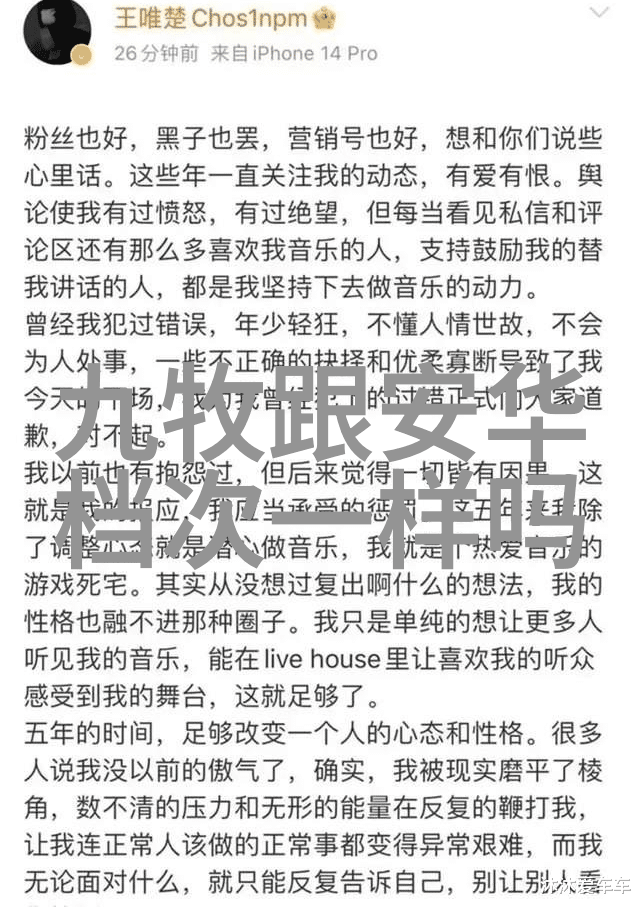聚乙烯(Polyethylene,简称PE)是一种广泛应用于工业和日常生活中的塑料材料。它的特性使其成为一种强度高、耐化学腐蚀、抗压力强且成本相对较低的材料,因此在多个行业中被广泛使用。在选择合适的聚乙烯产品时,了解不同类型的PE料型号对于确保材料性能与预期相符至关重要。本文将介绍PE料型号大全,并深入探讨不同类型PE材质及其特性。

PE料型号大全概述
聚乙烯由于其独特的物理和化学属性,可以根据密度分为几种主要类别,每种类别又有不同的子类。其中最常见的是高密度聚乙烯(HDPE)、低密度聚乙烯(LDPE)、介于两者之间的一些中等密度版本,如MDPE和LLDPE,以及其他更特殊用途的一些非标准品种。

HDPE基本信息
HDPE代表High Density Polyethylene,即高密度聚乙烯,它通常具有非常好的机械性能,比如很高的硬度、高温稳定性以及良好的阻燃性能。
应用领域:

容器制造:用于生产各种容器,如水瓶、饮料瓶、大口径储罐等。

管道系统:用于输送油气、水和其他流体。
细胞生物学:在制备细胞培养皿时使用。

LDPE基本信息
LDPE代表Low Density Polyethylene,即低密度聚乙烯,这一类型具有一定的弹性,使得它能够承受一定程度的事物撑破力。
应用领域:
包装膜/薄膜:用于食品包装,如塑料袋、小包装盒等。
玩具及玩偶制作: 因其柔软而易于成形,所以经常用来做儿童玩具或填充物。
MDPE基本信息
MDPE代表Medium Density Polyethylene,即中等密度聚乙烯,它在机械性能上位于HDDE和LDDE之间,是一个比较均衡的选择,但缺乏HDDE那样的坚固,也不像LDDE那样灵活。
应用领域:
纸箱封条: 在运输过程中作为保护层来防止箱体损坏;
电缆绝缘外皮: 用以保护电缆内部导线免受环境影响;
LLDPe基本信息
LLDPe代表Linear Low Density Polyethylene,即线性的低密度聚乙烯,它通过改进链结构获得了更好的热稳定性,同时保持了良好的可加工性和抗拉伸强度。这使得LLDPe成为许多复杂工艺中的首选选择之一,其中包括汽车部件制造业,对抗极端温度变化需求较大的场合,特别是那些需要长时间暴露在阳光下的情况下,其耐候能力会受到考验。
应用领域:
汽车零部件: 如轮胎内衬, 车窗框架, 汽车座椅覆盖层,
建筑隔断板,
不锈钢管套,
总结来说,pe料型号大全提供了一系列关于如何识别并利用不同的aggregated polyethene (a.k.a. "plastic") materials for various industrial and commercial applications. By understanding the different types of PE materials and their characteristics, businesses can make informed decisions about which products to use in their operations.
This article has provided a comprehensive overview of the main categories of PE materials – high-density polyethylene (HDpe), low-density polyethylene (ldpe), medium-density polyethylene (mdpe), linear-low-density polyethylene (lldp) – and highlighted some key applications for each type.
By considering factors such as mechanical properties, thermal stability, flexibility, and resistance to chemicals or extreme temperatures when selecting a material from the pe-materials list, companies can ensure that they are using the right product for their specific needs. This ultimately leads to improved efficiency, cost savings over time due to reduced waste generation during manufacturing processes; better overall quality control through consistent raw material sourcing practices; enhanced customer satisfaction via superior product performance; increased market competitiveness by leveraging cutting-edge technology advancements while staying environmentally conscious at all stages throughout production lifecycle cycles!



